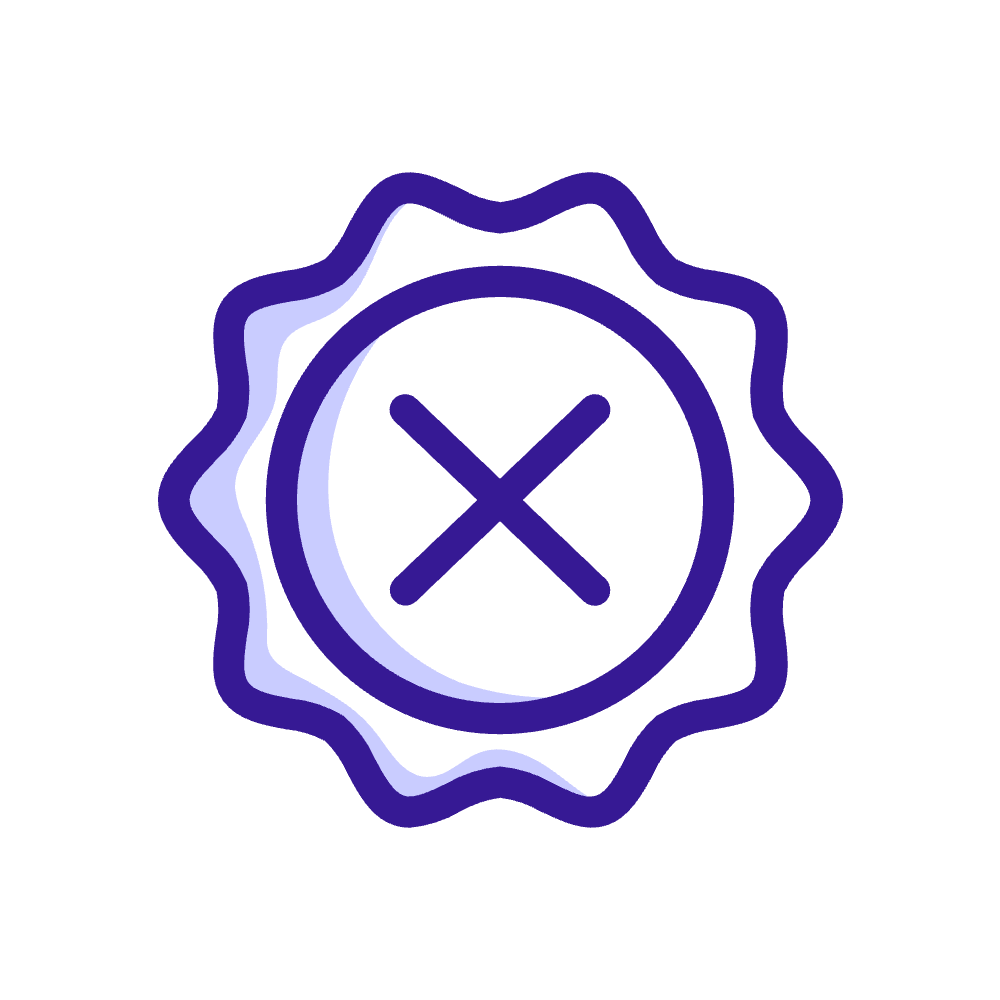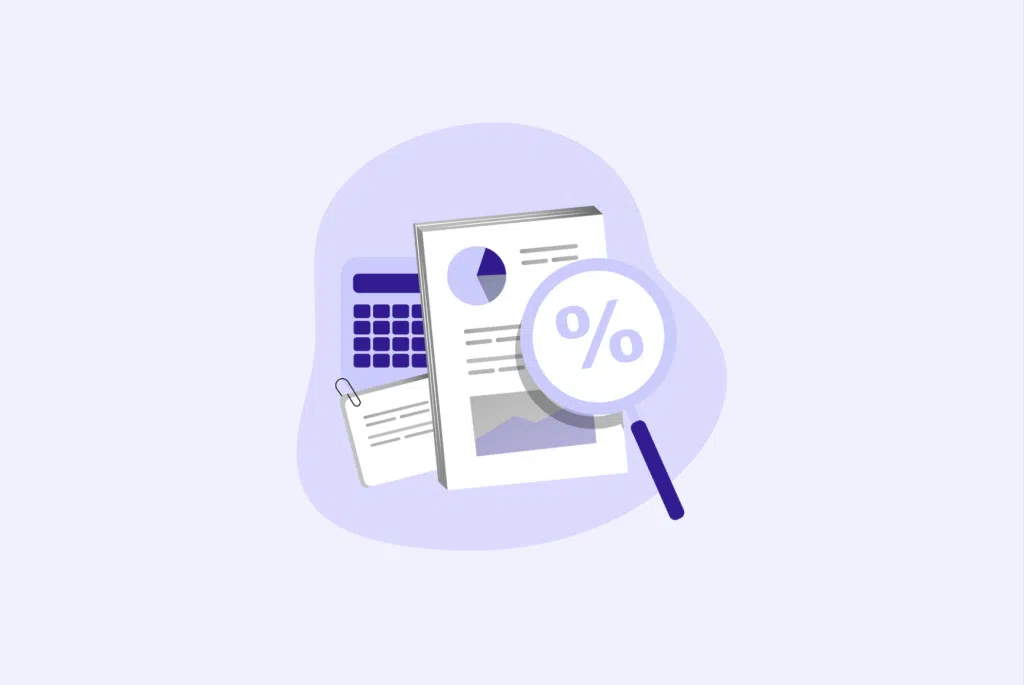
Accountants are some of the most capable professionals out there.
We’ve spent years studying, passed rigorous exams, and built up real-world experience under pressure. We’ve learned to navigate complex standards, ever-changing regulations, and client expectations – all while juggling deadlines, systems, and entire teams. We’re problem-solvers by nature, and we thrive in bringing structure and clarity to chaos.
But with all that capability, one thing still holds many accountants back: outdated workpaper processes.
Whether it’s clunky spreadsheets, disconnected folders, or too many manual checks, these old ways of working don’t reflect the skill or value we bring. They drain time, create friction, and increase the risk of errors – when what we need is flow, confidence, and transparency.
So here’s the question:
Why are we still tolerating workpaper pain when there are better ways forward?
Here are 10 things that might still feel ‘normal’ in your workflow—but definitely shouldn’t anymore.

Hannah Olsson
Chartered accountant

1. Waiting to access a document
If your team can’t collaborate on workpapers at the same time, you’re using legacy systems.
Gone are the days of check-in/check-out systems, local-only files, or holding off because someone else is “in the file.” With modern workpaper platforms like Cimplico Workpapers, multiple team members can work on the same file at once, in real-time, from anywhere. You should be able to open a document, start reviewing or preparing, and never worry about syncing conflicts again.

2. Giving all staff the same permissions
User access should reflect the actual roles and responsibilities of your team members.
In most cases, it doesn’t make sense for juniors to have the ability to override final figures, or for partners to get bogged down in tasks that aren’t relevant to them. A well-designed workpaper system should align with how your firm operates—providing the right access to the right people. When access is role-based, everything becomes safer, more efficient, and easier to scale.

3. Lacking a clear audit trail
You shouldn’t have to play detective.
If it takes more than a few clicks to see who did what and when, you’re at risk. A modern system provides a full, easy-to-read audit trail on every worksheet and change. That means fewer questions, faster reviews, and peace of mind when compliance or quality reviews come around.

4. Calling it standard when it’s optional
If your team can ignore a checklist or procedure, is it really a standard?
Standardisation only works when it’s built into the workflow. A good system makes key processes unskippable—whether it’s certification, file completion, or review steps. That way, you’re not relying on memory or hoping people “do the right thing.” It’s enforced, not optional.

5. Missing out on insights and analytics
Workpapers are central to your operations – you should be able to measure their performance.
Think: average turnaround time by team member, outstanding certifications, upcoming deadlines, bottlenecks. These aren’t just nice-to-haves—they’re essentials for managing a team and improving over time. If your platform doesn’t provide easy-to-access insights, you’re flying blind.

6. Putting up with a bad user experience
Small frustrations add up.
Misaligned fields. Unresponsive buttons. No visual cues. Hidden data. Wacky colour-coding systems different for each staff member in your firm. These all take mental energy and cause daily friction. A better experience means cleaner design, faster navigation, and more intuitive layouts – helping your team stay focused, not frustrated.

7. Manually updating statuses
Changing a worksheet to “Awaiting Review” manually? That’s a risk.
Manual status updates rely on memory and leave room for error. A modern solution should update status automatically based on activity. Once a preparer finishes, the status changes. If something gets edited post-review, the status reverts. That’s good governance – and less admin work for everyone.

8. Repeating tasks without bulk actions
One-by-one is not the way.
If you’re assigning, reviewing, excluding or referencing files individually, you’re wasting time. A great system allows you to bulk-review, bulk-assign, bulk-reference – anything repetitive should be achievable in just a few clicks.

9. Relying on spreadsheet-based workpapers
Excel is powerful, but it’s not made for this. Spreadsheets lack audit trails, role-based access, automated status updates, and integrated processes. You end up with version control issues, broken formulas, and inefficient review loops. It’s time to move on.
💡 Cloud vs Excel Workpapers: A Modern Accounting Perspective

10. Manually reconciling client files and workpapers
You shouldn’t need to play spot-the-difference.
Client file balances and workpaper data should always be in sync. Journals, notes, and figures should flow between them seamlessly. No more darting your eyes back and forth between two systems. When data updates in one place, it should reflect everywhere.

Final Thought
Maybe you saw yourself in one or two of these points. Maybe more.
The good news? You don’t have to settle for the way things have always been done.
Cimplico Workpapers is designed to fix these inefficiencies – by rethinking workpapers from the ground up. So if you’re ready for workpapers that are flexible, intelligent, and built for accountants, then learn more about Cimplico Workpapers by using the link below.
👉 Book in a demo with our team
See the power of a cloud workpaper solution
Signup and take advantage of a 14 day free trial to see how Cimplico Workpapers will give back control, efficiency and visibility to your workpaper preparation and review.
Get started Learn more ⟶